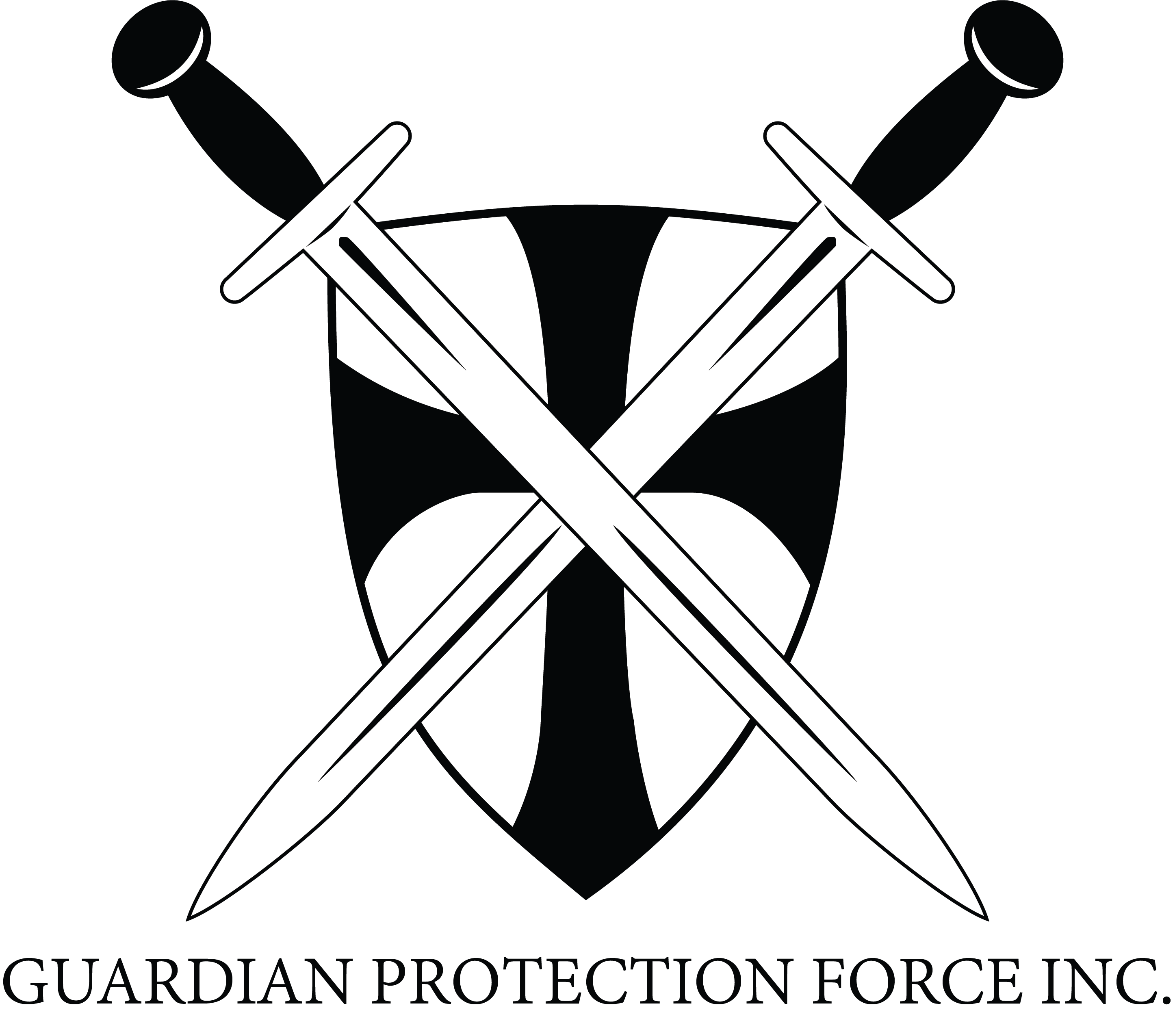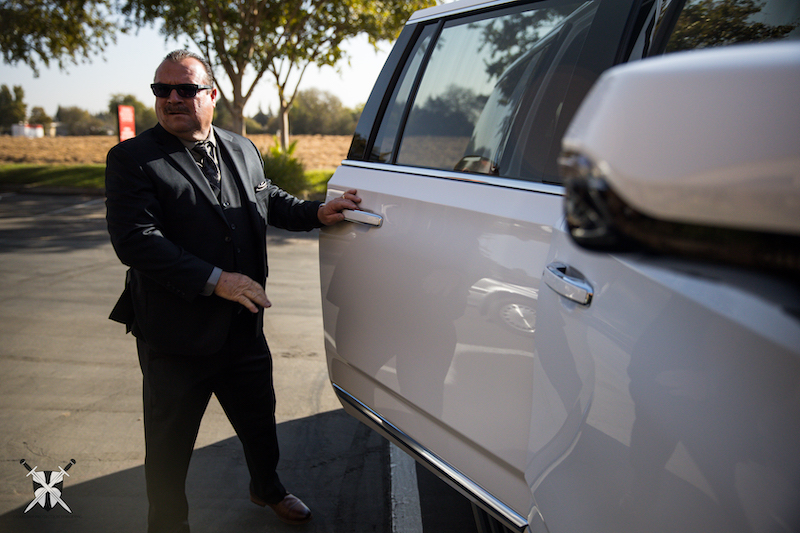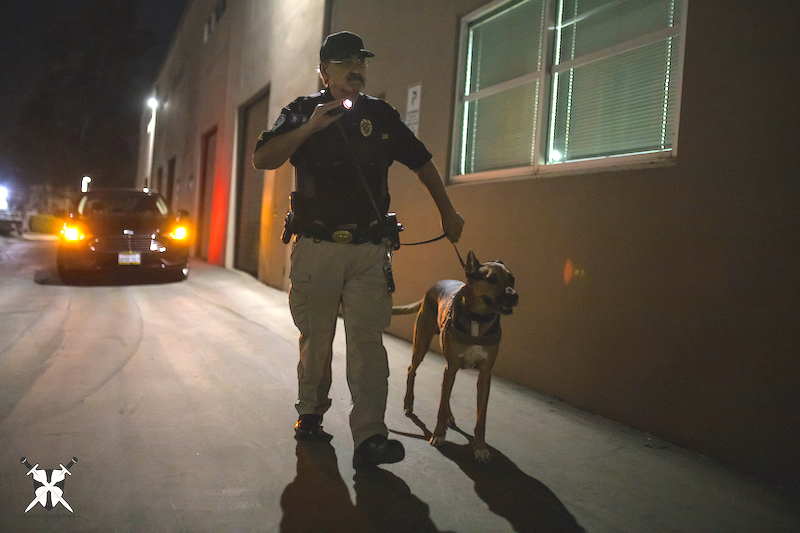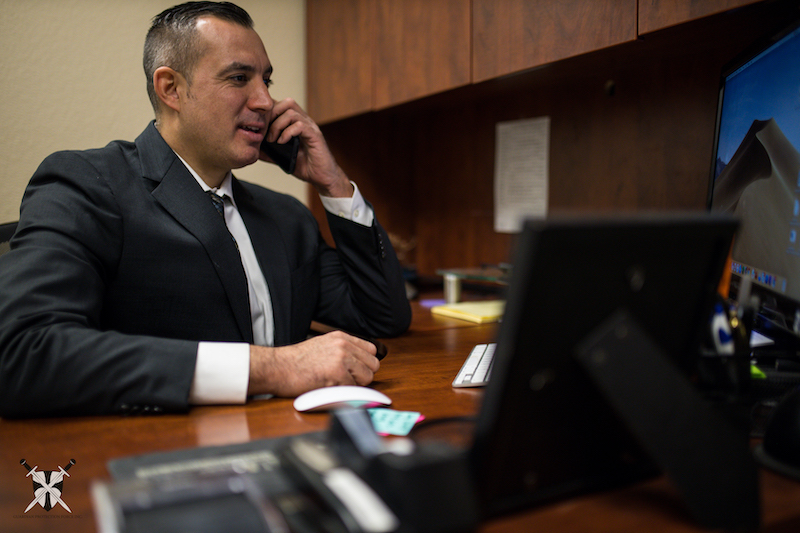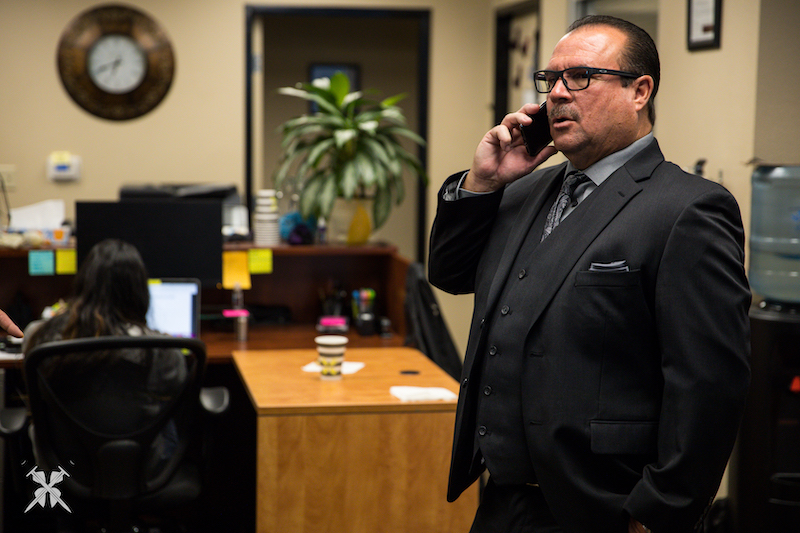National Preparedness Month
“Failing to prepare is preparing to fail.”
– John Woodland
September was National Preparedness Month, so say farewell to September we're taking an ode to National Preparedness Month ...
It is easy for those who haven’t experienced the traumas of a natural or manmade disaster to develop a sense of complacency. After all, if disaster rarely happens why should anyone prepare for it?
... An understandable argument, but regrettable too.
In order to have a “Lasting Legacy” (FEMA’s 2022 Theme) you need to “Prepare to Protect” (FEMA’s 2021 Theme). Below are a series of links to FEMA that can help you prepare for a variety of disasters:
Active Shooter, Avalanche, Cyberattack, Earthquake, Extreme Heat, Financial Emergency, Flood, Hurricane, Landslide, Novel Pandemic, Nuclear Explosion, Power Outage, Thunderstorm, Lightning, and Hail, Tornado, Tsunami, Volcano, Wildfire, Winter Storm.
If you live in an area that is often plagued by natural disasters then you have probably developed a sense of what to buy, how to get out, and where to go. However, if you are in an area that is less impacted by disasters than it is always good to do a little prepping, just in case. With the dramatic change in temperatures more and more people are discovering that preparation is key to surviving harsh climates. We as a society have become dependent on one valuable resource. Electricity. And when that resource is shut off, especially in extreme weather, then it becomes a matter of life and death. A few great examples of this are the bitter 2022 winter in Texas, and the extreme heat in California. In both instances the power was either cut or shut off and people began to die one by one. The aftermath of any disaster is emergency medical safety.
To avoid this and other scenarios like it we have some tips on what to do in environmental emergencies:
1) Always have drinkable water in your home.
2) Learn first aid skills so you can help others
3) Do not walk swim or drive through flooded waters
4) Buy a portable solar generator. At least one to charge your phone.
5) If you see a tornado do not seek shelter under a bridge, overpass, or in a tunnel.
6) If you’re in an avalanche, start swimming. Swim sideways in the direction of solid ground.
7) Do not use a gas stove to heat your house if the power goes out. If the fire goes out, then natural gas will fill the house.
8) When hiking on a mountain side, always listen for the sound of falling rocks. This could be a sign that leads to a massive landslide.
9) Wildfires are fast and change direction rapidly. Always be aware of which way the wind is blowing. If it’s blowing toward you, drive or run as fast as you can.
10) The worst place you can be in a lightning storm is near a tree or a tall ungrounded structure. Lightning will strike twice in the same place despite the old myth that it won’t. One of the best places to be is in your home or a car.
11) When the power is out and you're stuck under some rubble, unable to get to a phone or call for help; find something within reach and bang it on the ground or preferably a pipe. Bang it in increments of three (bang, bang, bang). This is the morse code signal for S.O.S
Being prepared may seem silly to some people but the biggest regret they will ever have is burying a family member when they could have saved them simply by doing a little prep work.
“When disaster strikes, the time to prepare has passed.”
– Steven Cyros
